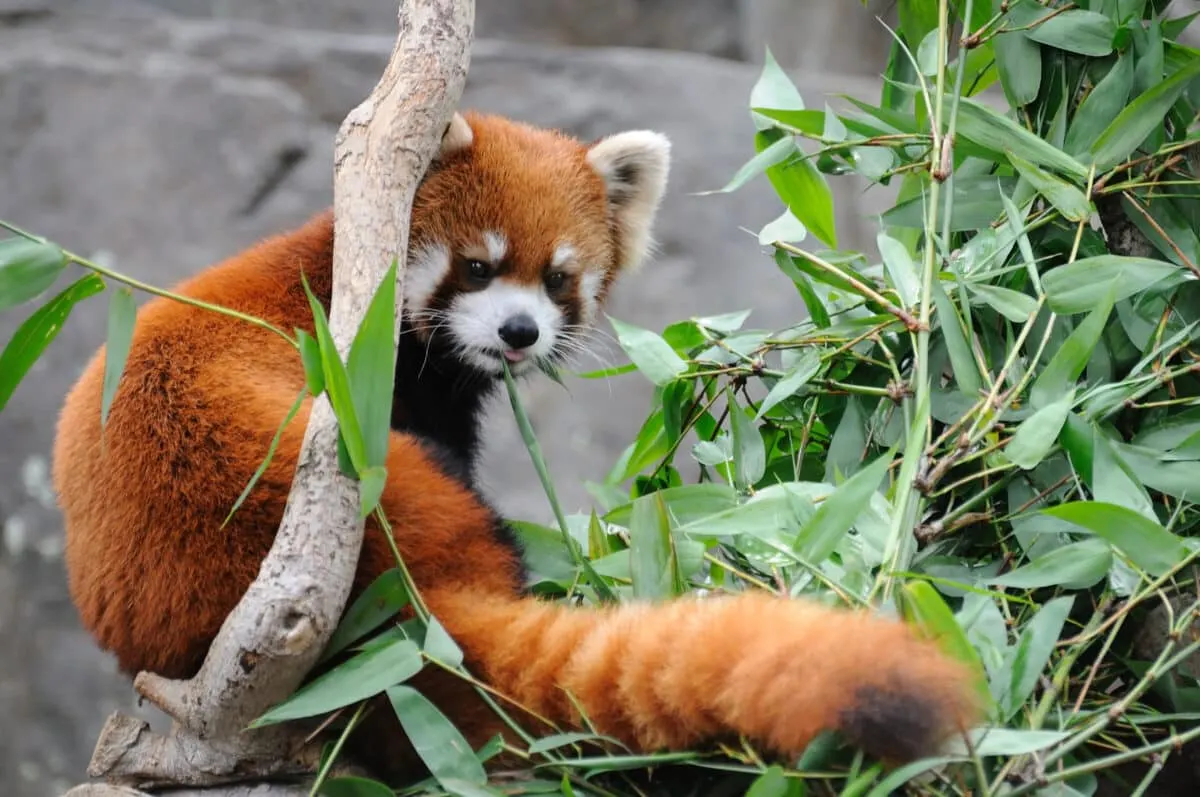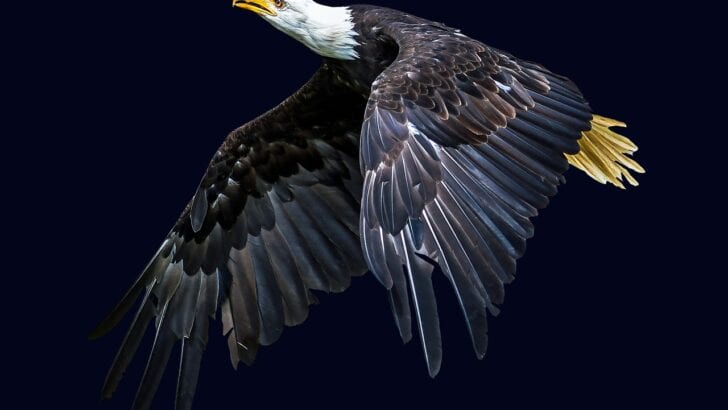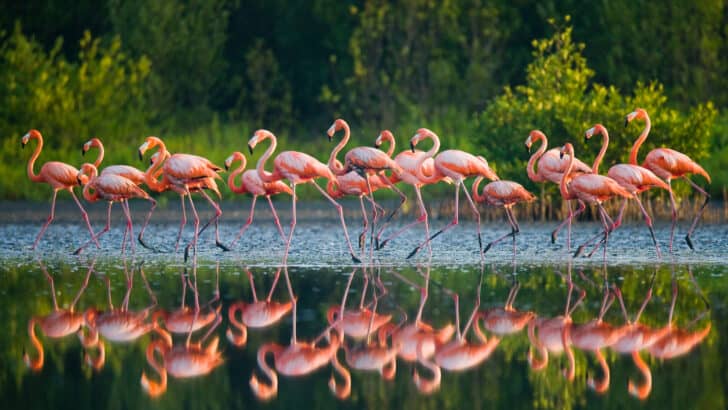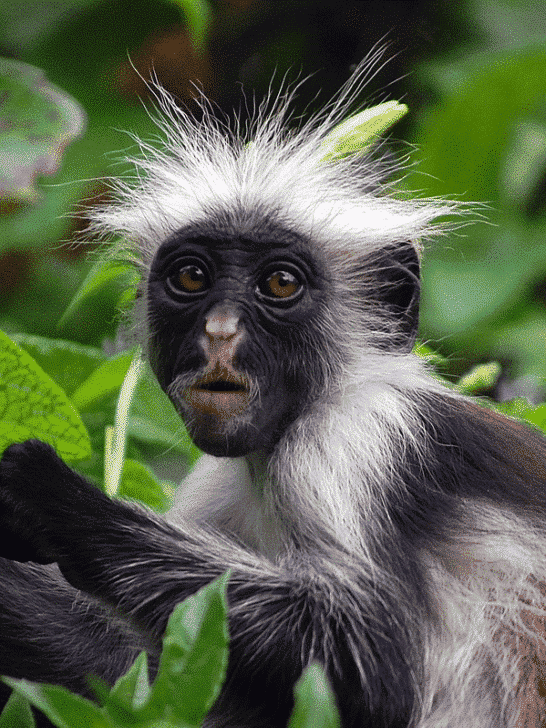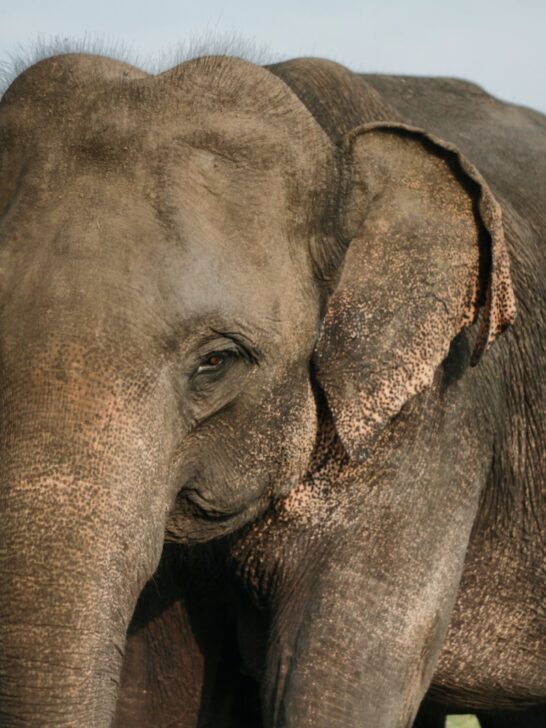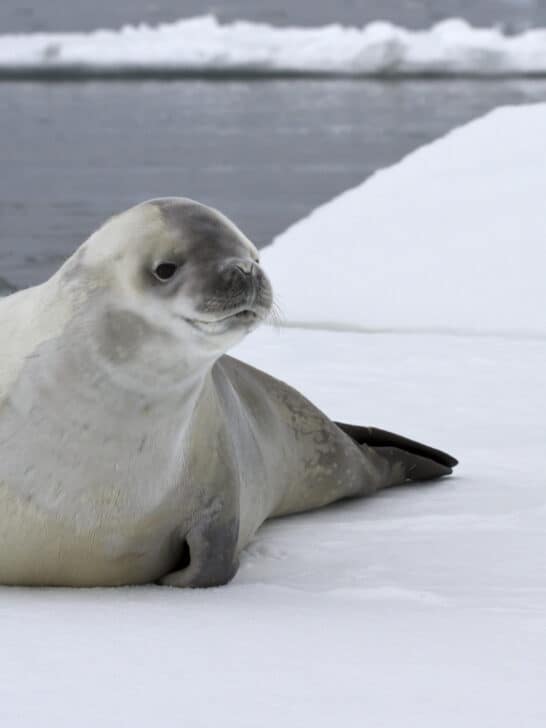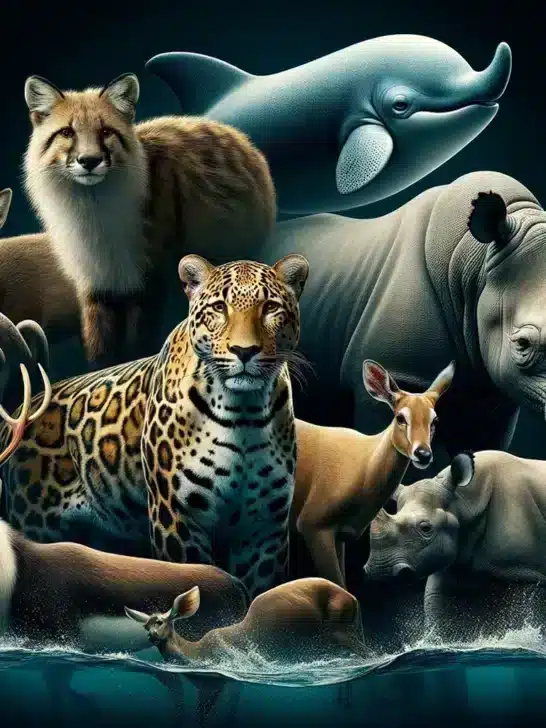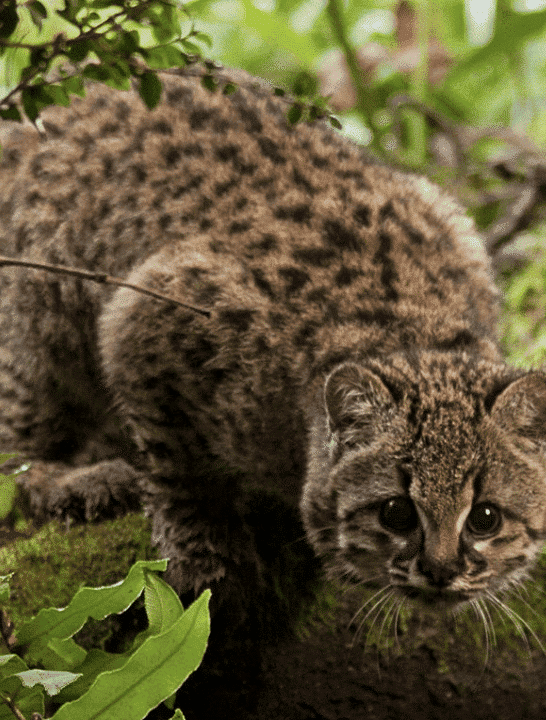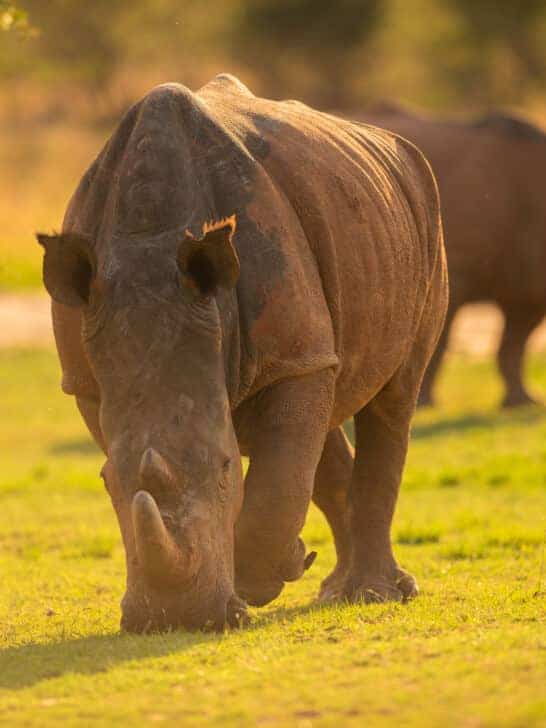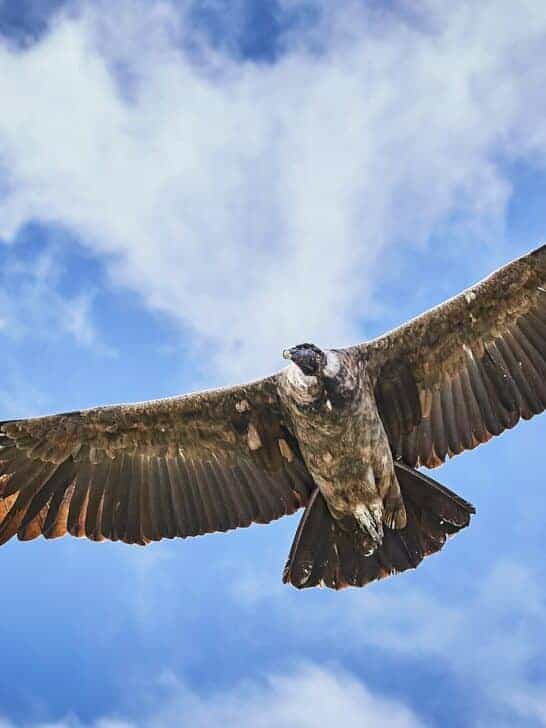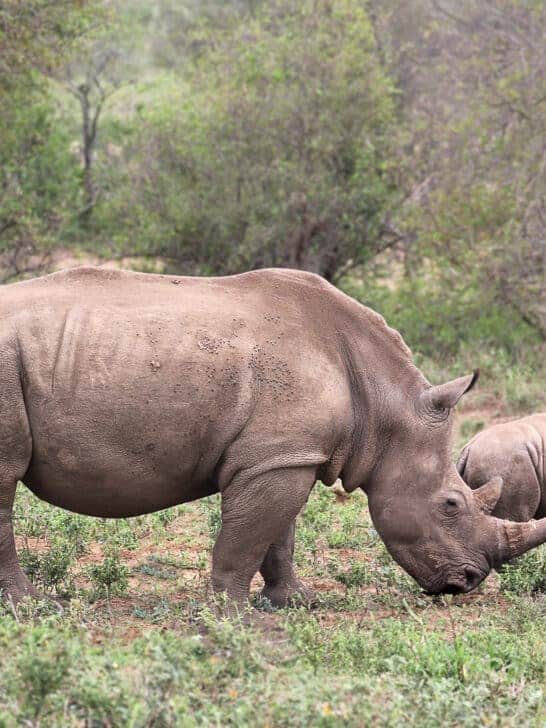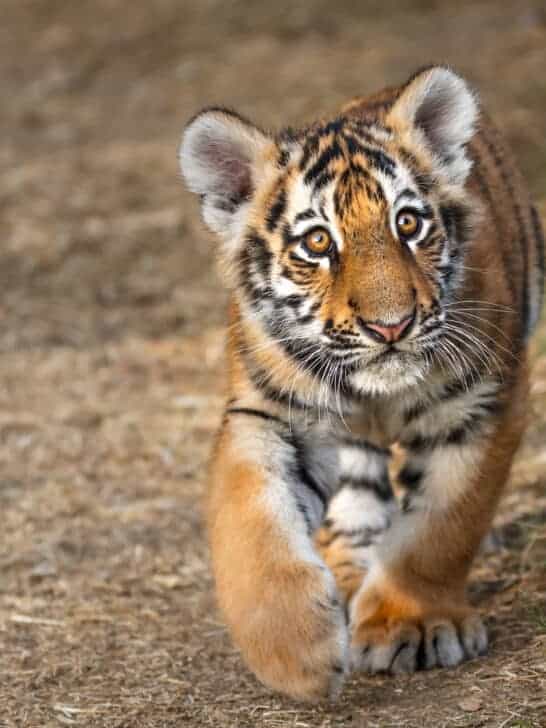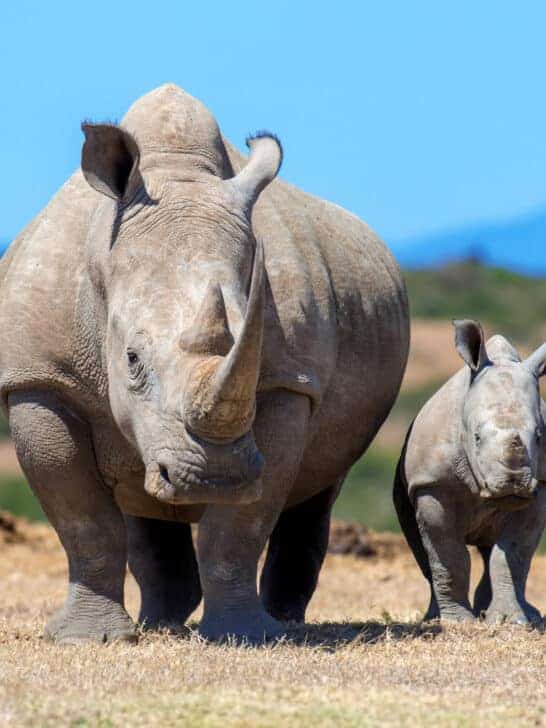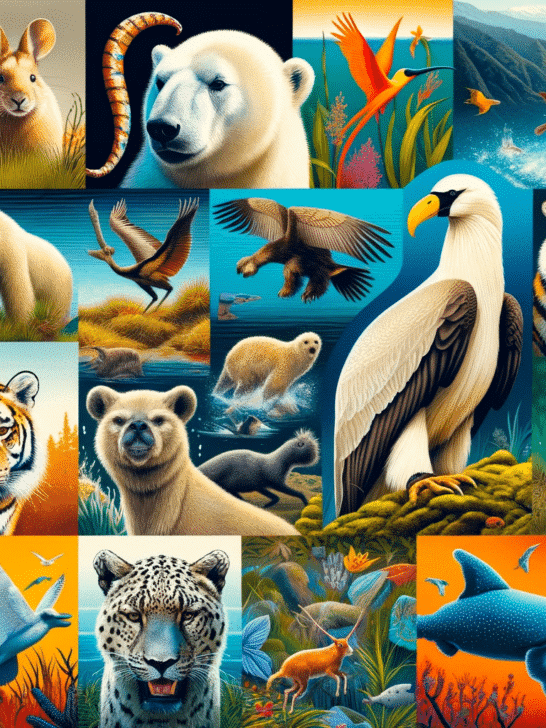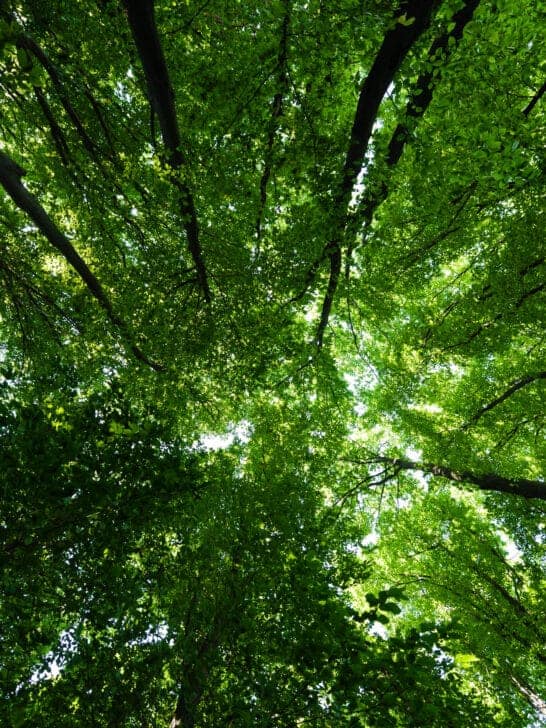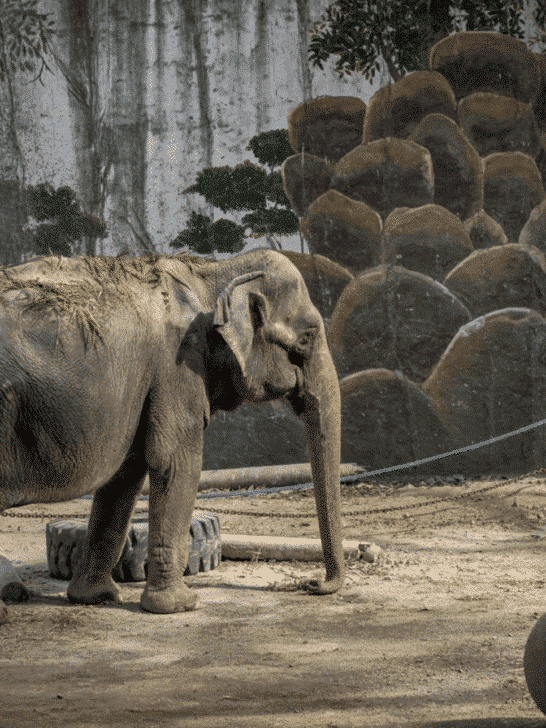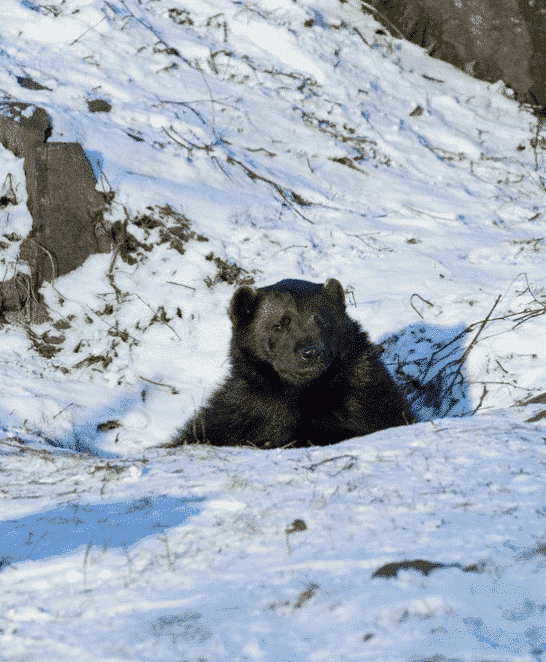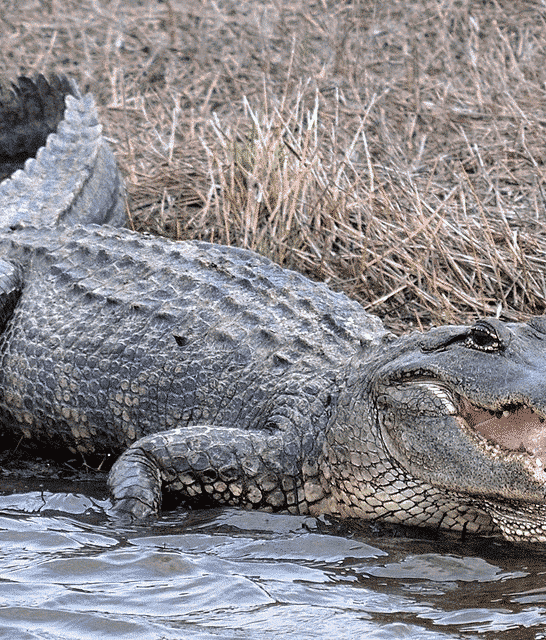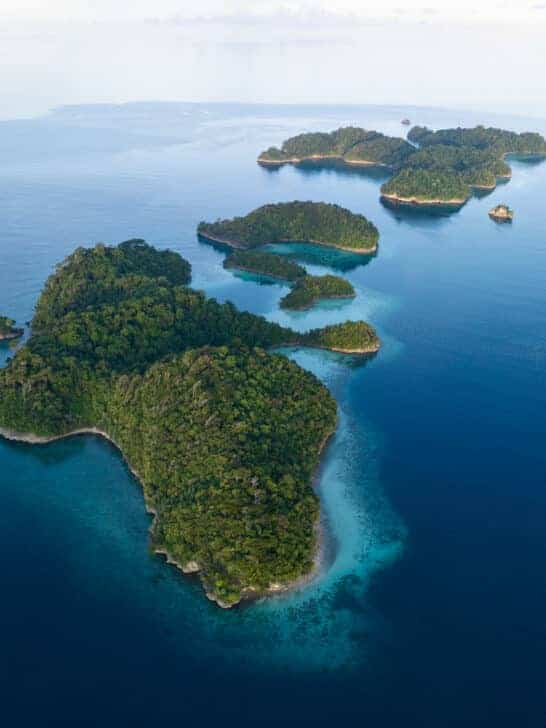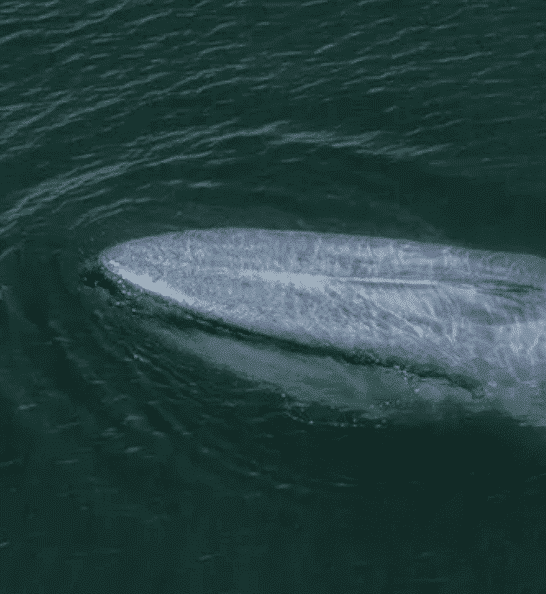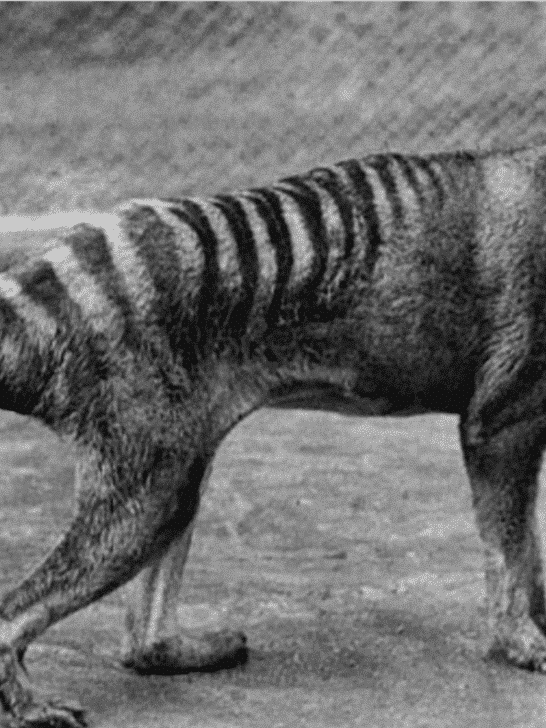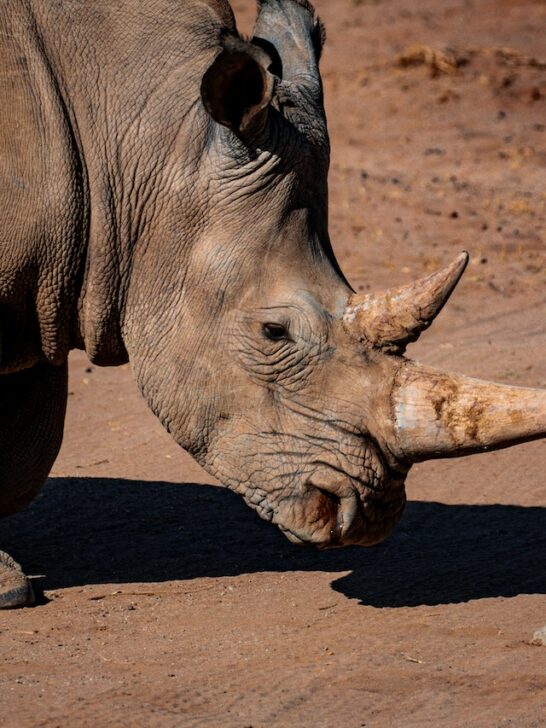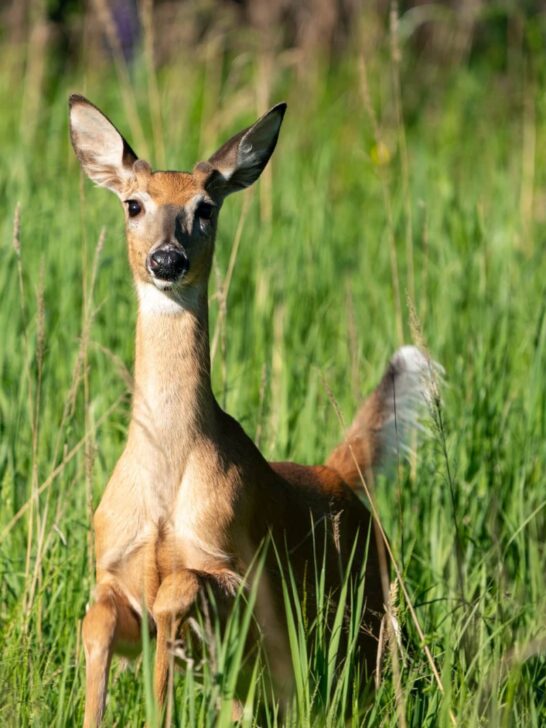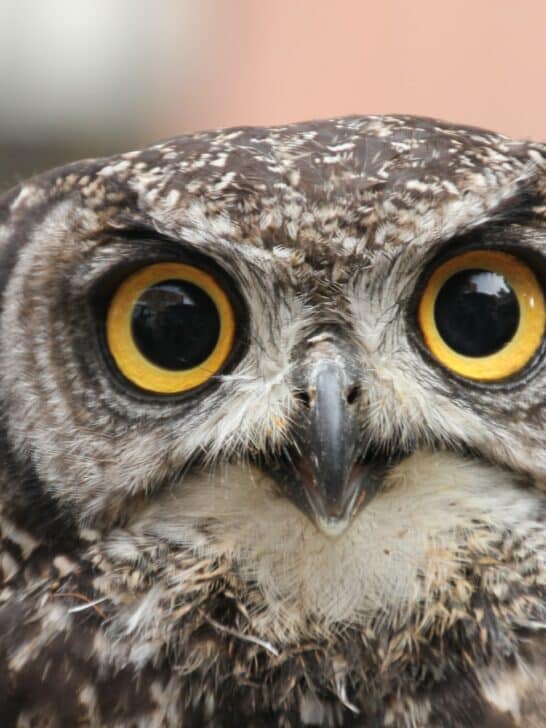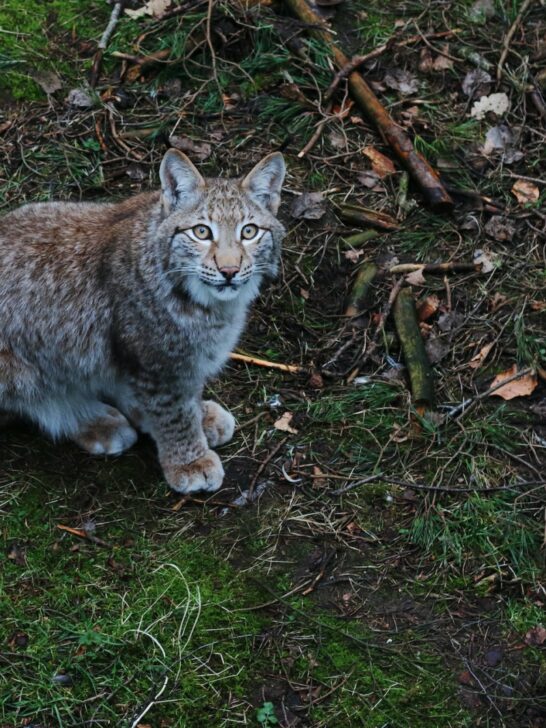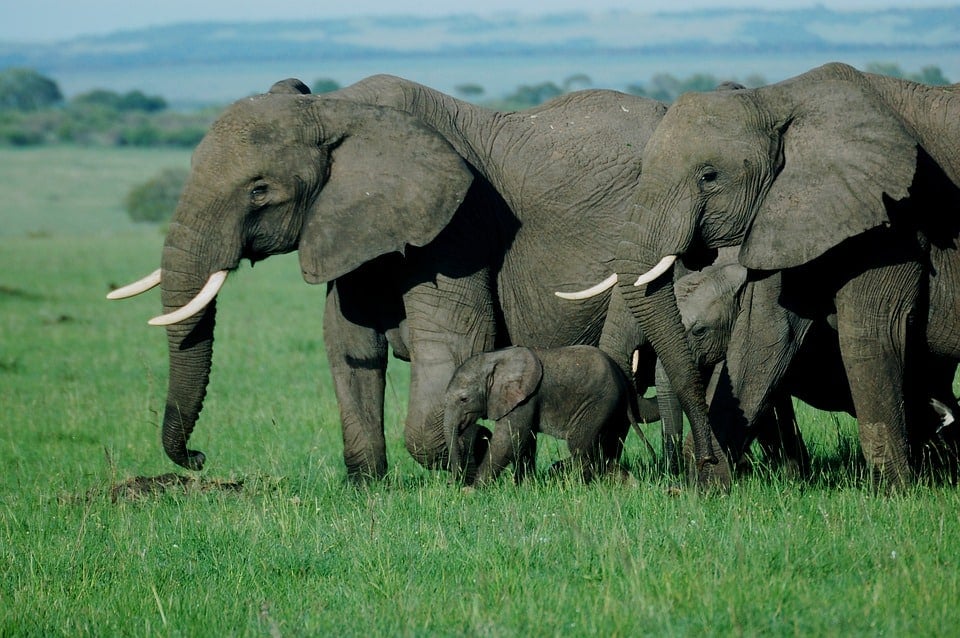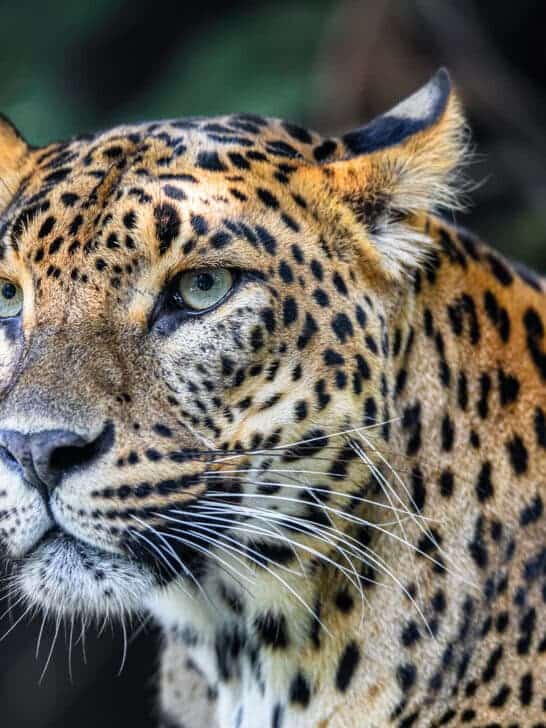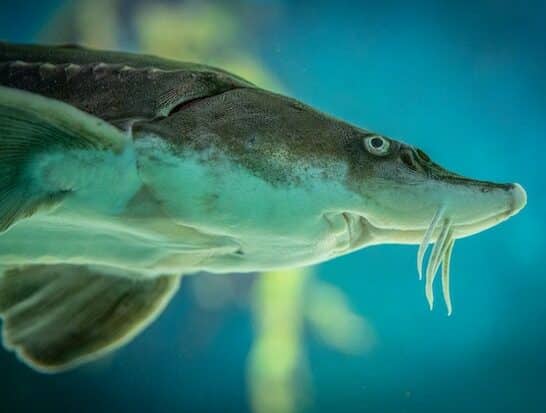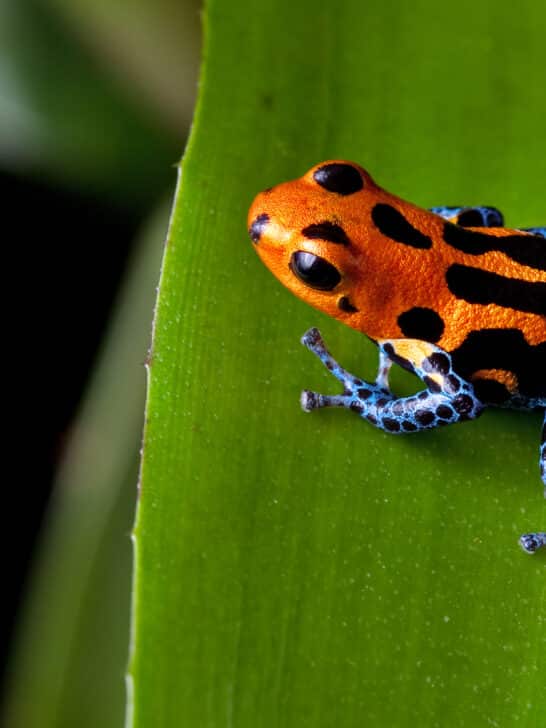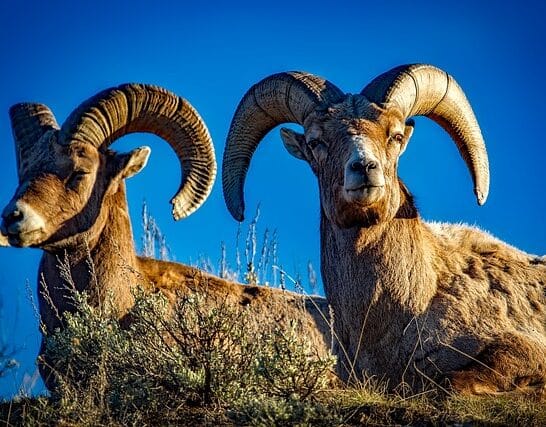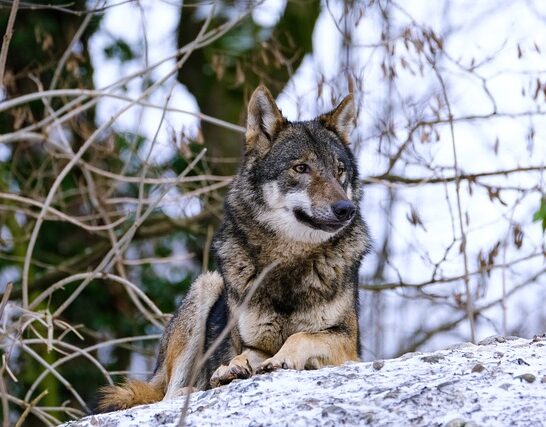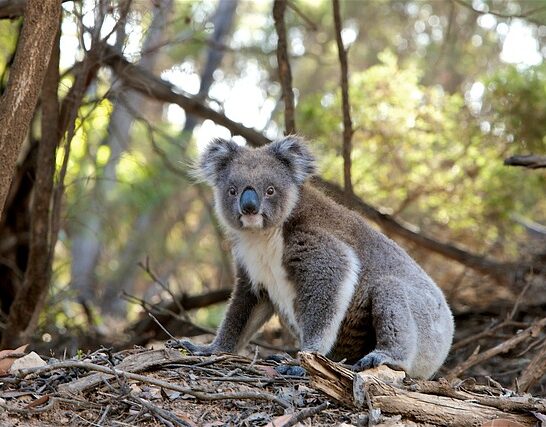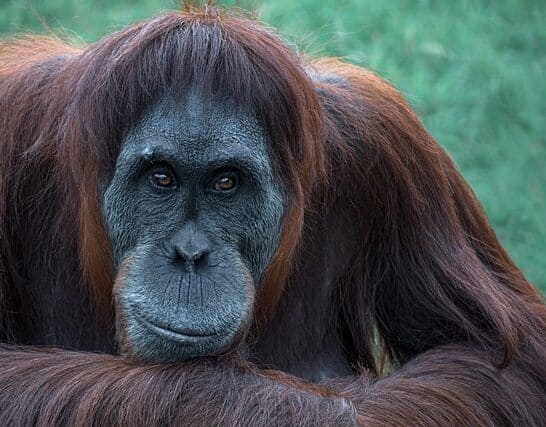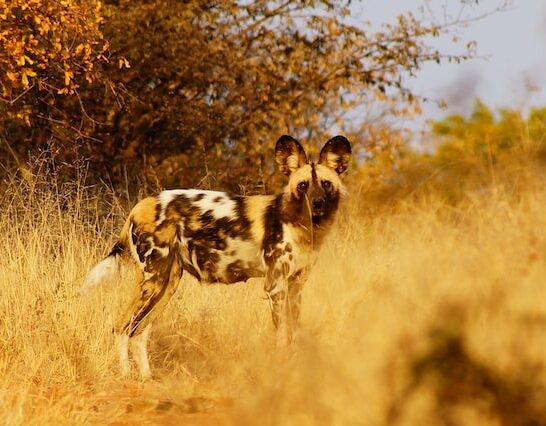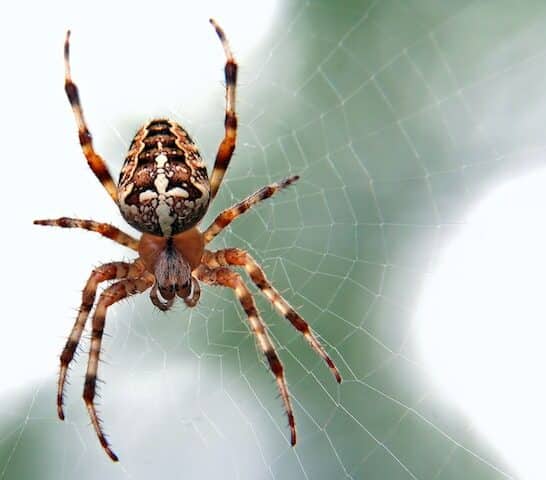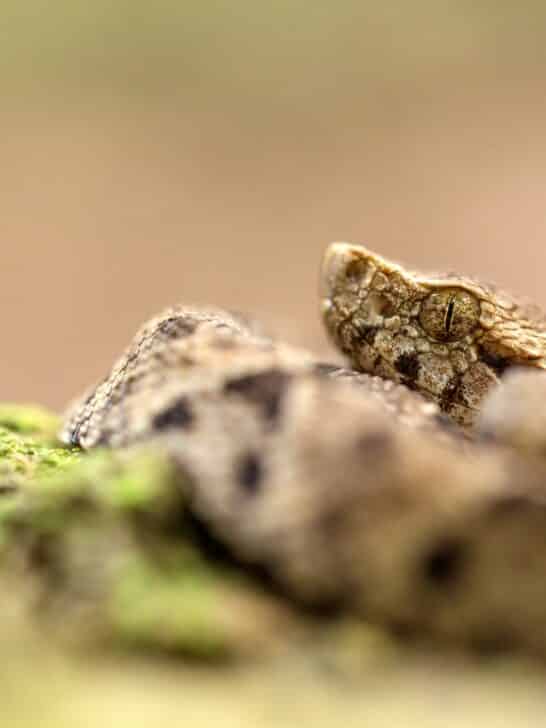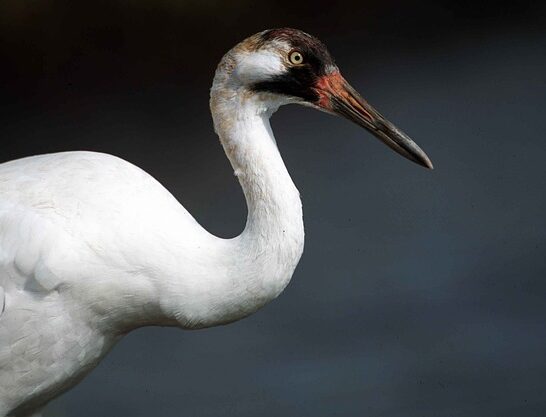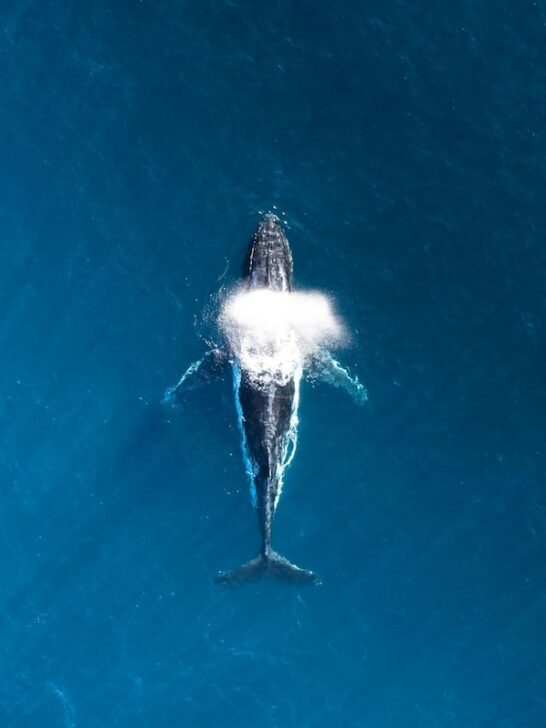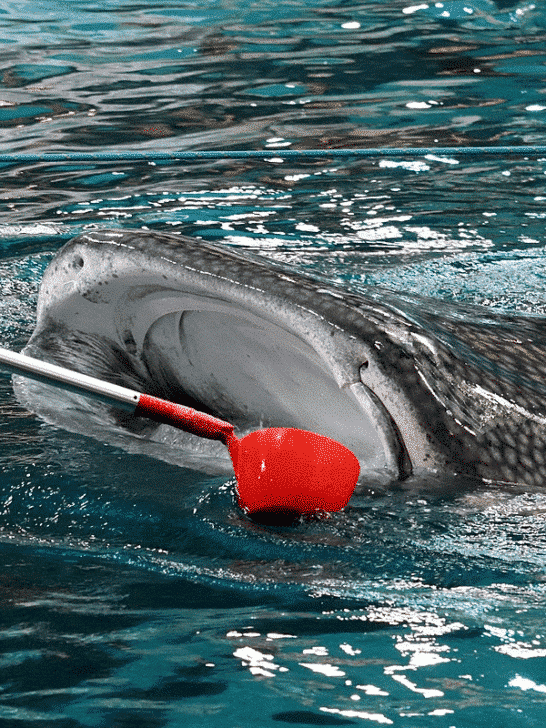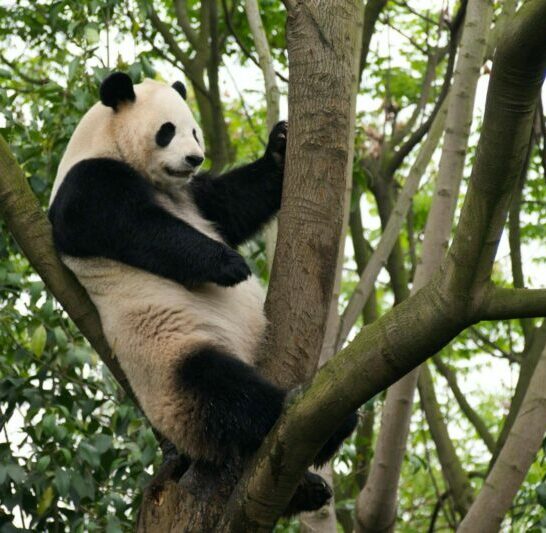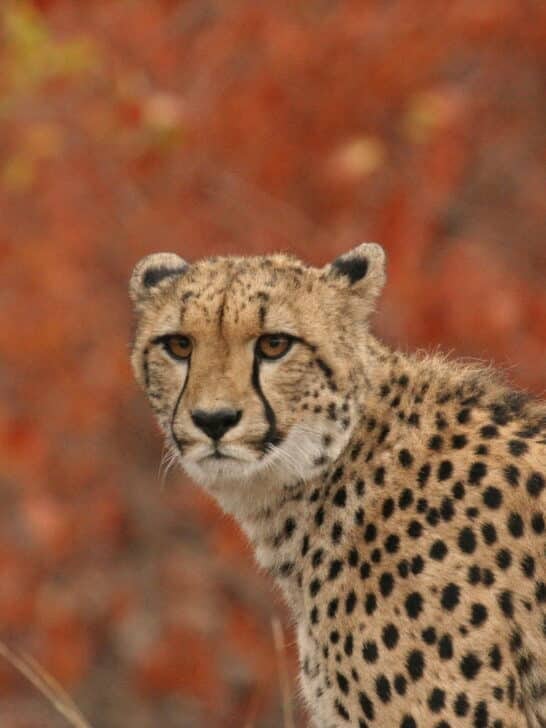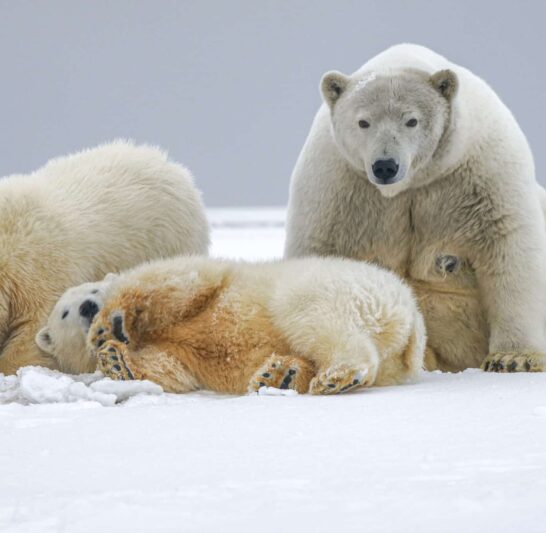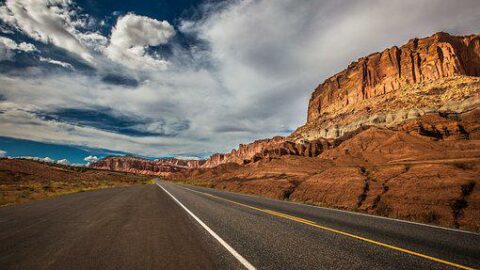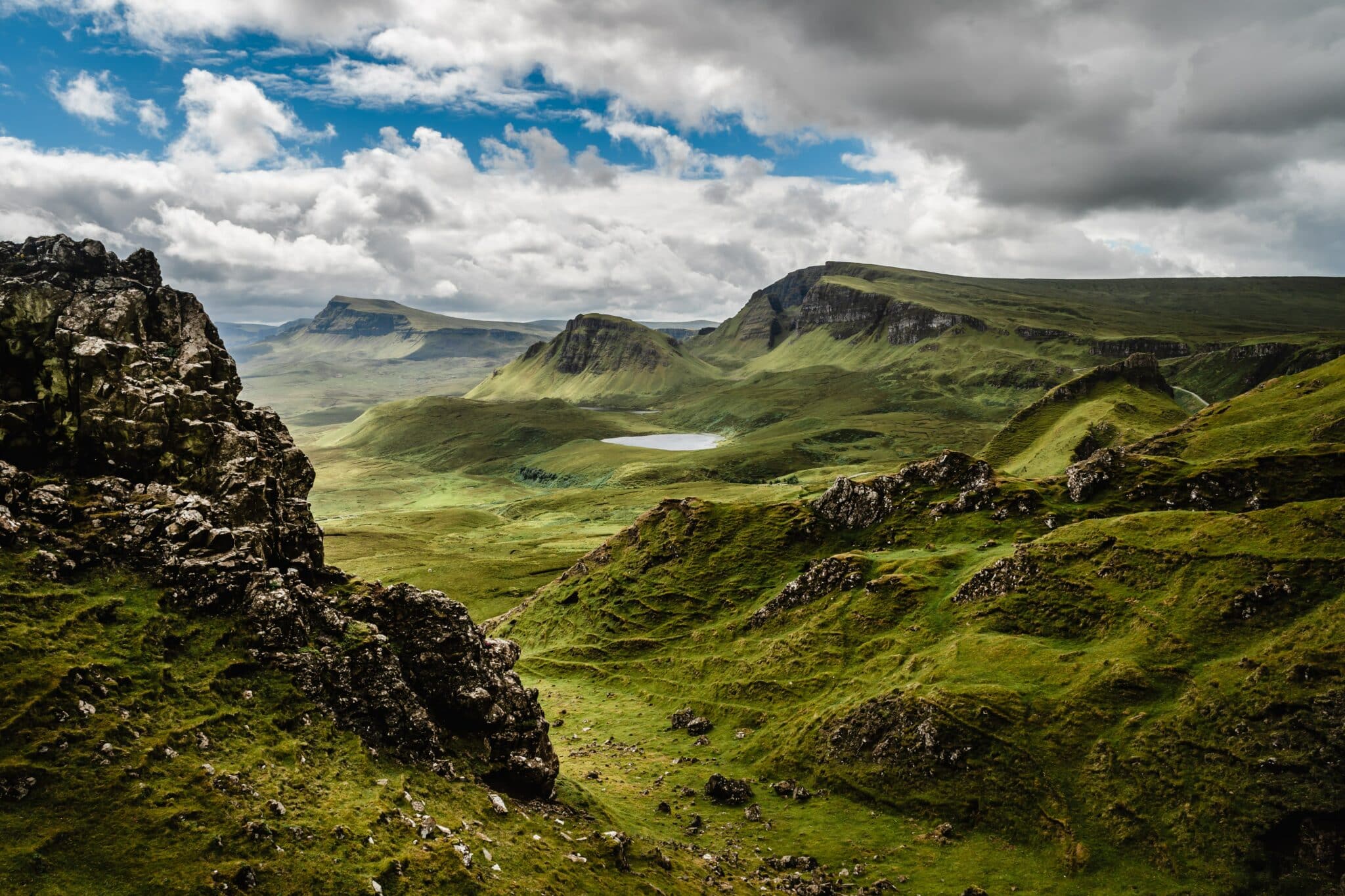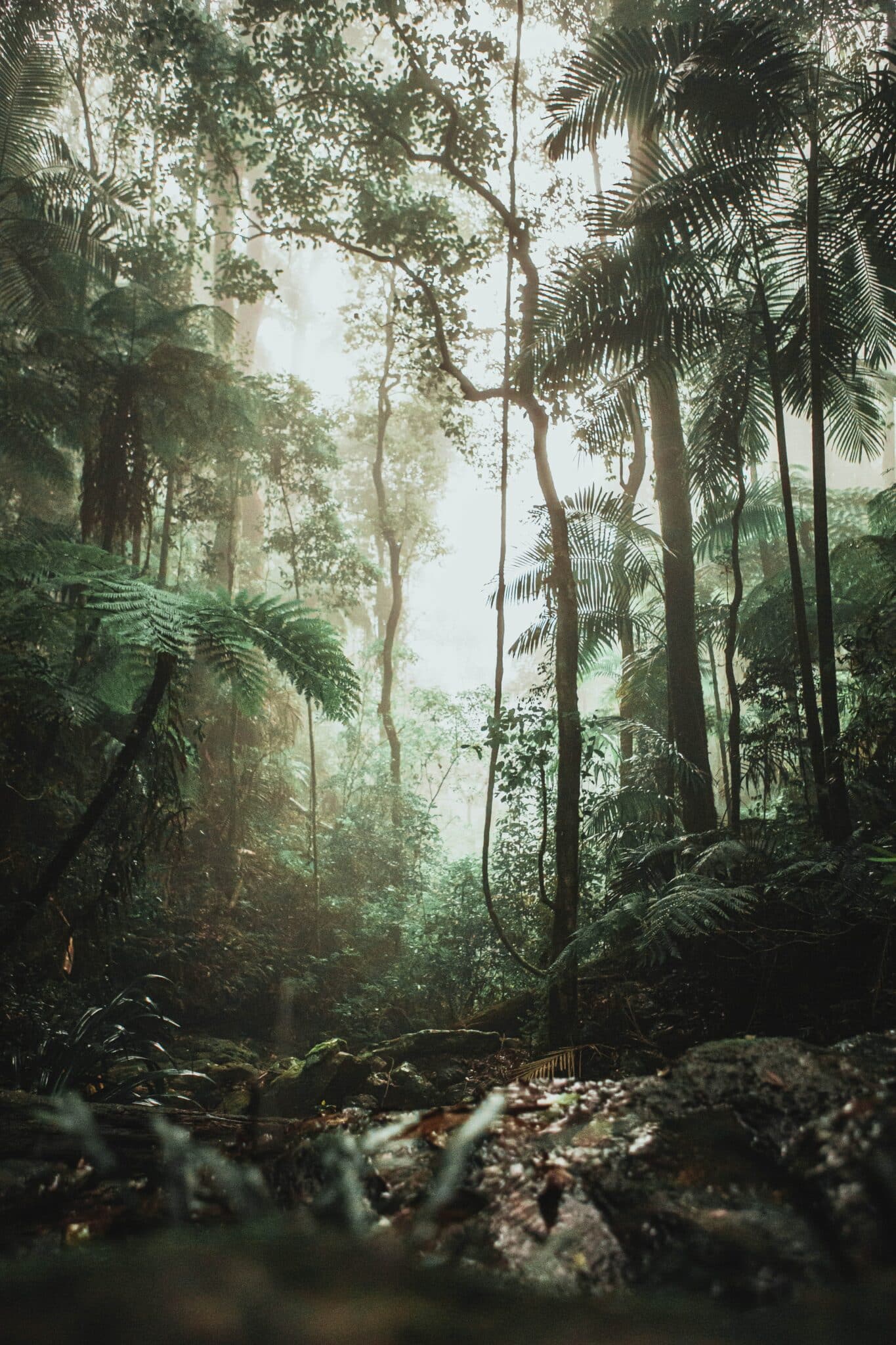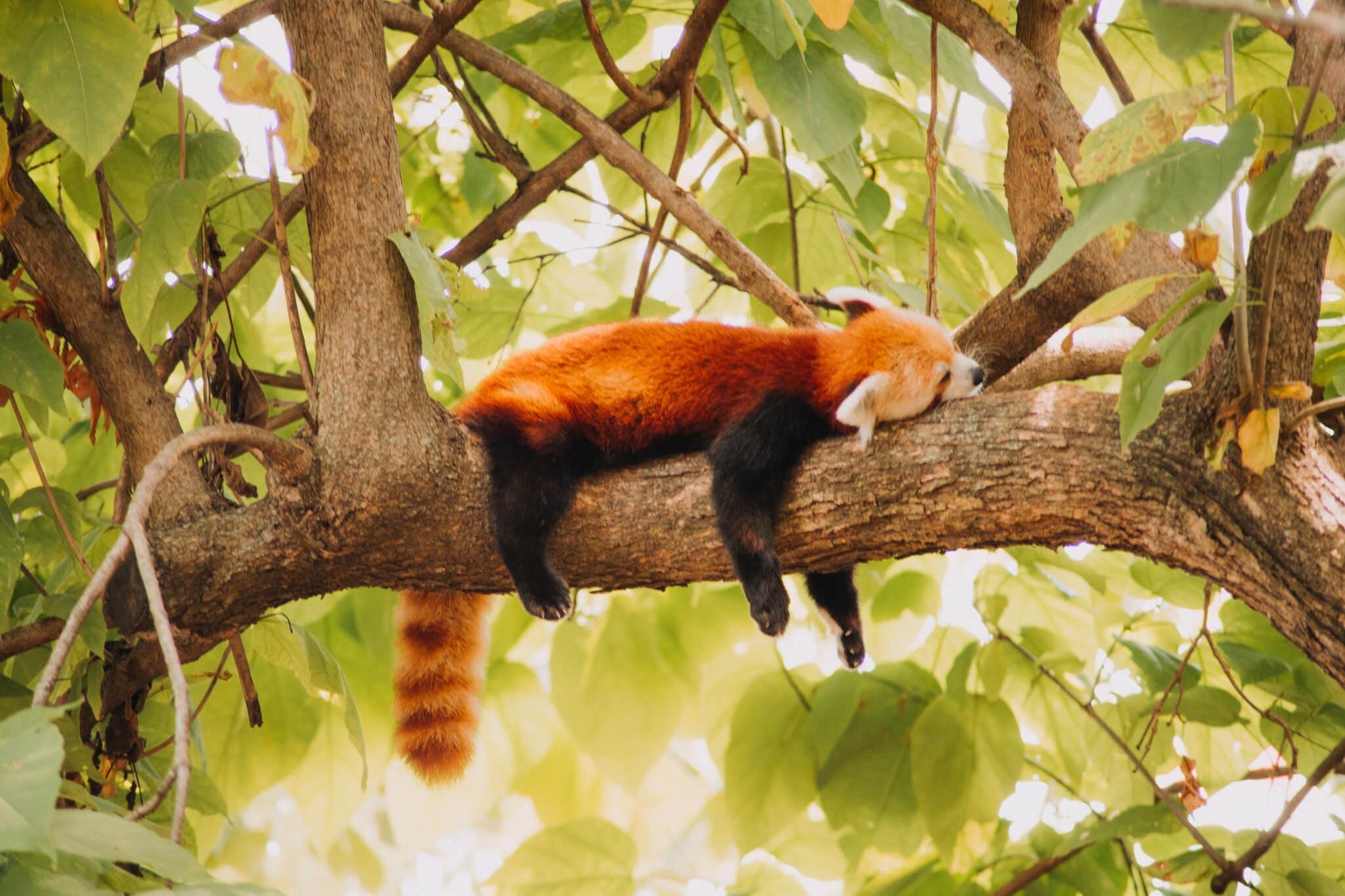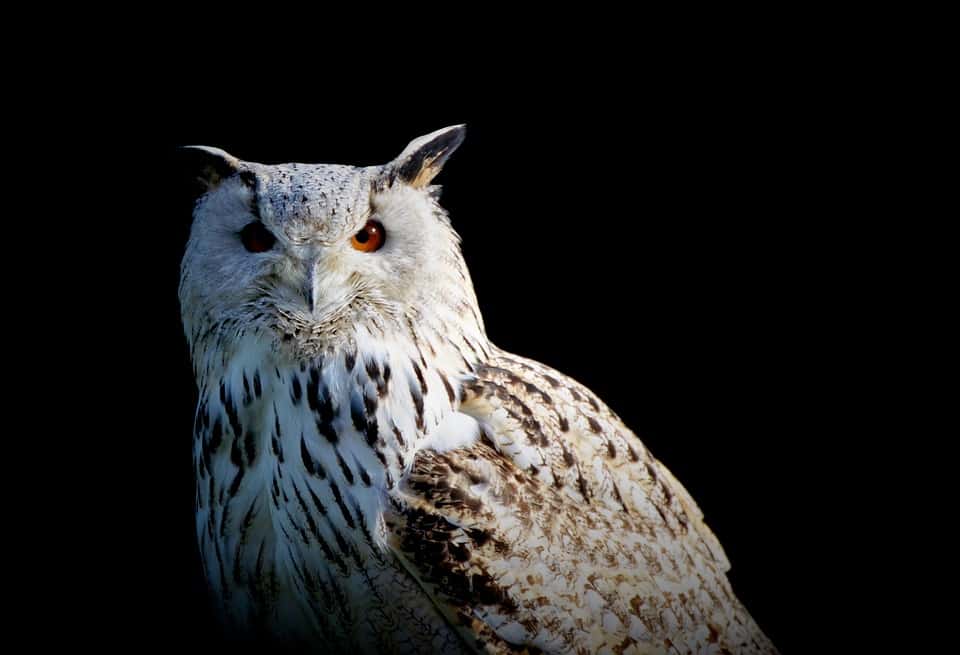Welcome to everything you need to know about endangered animals.
Nature is full of interesting animals and wildlife, each with its unique role in the worldwide harmony of ecosystems. Sadly, there are many species whose populations have declined to such an extent that they are considered endangered.
Endangered Animal Topics
-

2024: Colorado’s Bald Eagle Population the Largest Ever
-

A Journey of Pink: Exploring the Migration of Flamingos
-

21 Most Endangered Primates
-

Animals That Might Not Survive 2024
-

The Enigmatic World of Crabeater Seals: A Closer Look
-

5 Animals That May Be Extinct By The Time You Have Grandchildren
-

The Kodkod: One of The Rarest and Smallest Wild Cats
-

The AMES Foundation and Their Fight Against Rhino Poaching
-

Watch: The Andean Condor, Royalty of the Andes Mountains
-

From Vulnerable to Near-Threatened: Black Rhino Success
-

Tigers at a Crossroads: The State of the Big Cats in 2024
-

Rhinos in 2024: Navigating Decline and Environmental Challenges
-

The Most Endangered Animals in Each US State: A Closer Look at America’s Wildlife Crisis
-

Earth’s Rarest Animals
-

Mali, The Elephant Considered the World’s ‘Saddest,’ Passes Away
-

Siberia: Half-Asleep Bears Struggling to Hibernate
-

Animals That Have Come Back From Extinction
-

Trouble in Paradise: Tropical Species on the Move as Seas Warm
-

Blue Whales Return to Seychelles Seas After Decades
-

Sicily’s Sea Urchin Debacle: A Delicacy at the Brink of Extinction
-
Discovery of Endangered Gray Wolf Pack in Sierra Nevada California
-

Significant Progress Made in Effort to Revive the Tasmanian Tiger
-

Most Endangered Species Of Animal
-

All You Need to Know about the Endangered Animals in Washington
-

These 15 Animals are on the brink of Extinction in Colorado
-

Minnesota-Animals That Won’t be Around for Future Generations
-

19 Most Endangered Animals In Africa
-

10 Most Endangered Animals in South America
-

Top 10 Most Endangered Fish That You Should Know About
-

19 Most Endangered Amphibians
-

21 Most Endangered Animals In North America
-

23 Most Endangered Animals in Asia
-

23 Most Endangered Animals and Wildlife in Europe
-

Top 10 Most Endangered Animals in Australia
-

18 Most Endangered Animals Due to Human Activity
-

The 13 Most Endangered Mammals On Earth
-

23 Most Endangered Spiders
-

15 Most Endangered Reptiles
-

17 Most Endangered Birds in the World
-

11 Most Endangered Whales
-

22 Most Endangered Sharks in the World
-

8 Most Endangered Bears
-

14 Most Endangered Big Cats In The World
-

16 Most Endangered Animals at the North Pole
-

Top 10 Most Endangered Animals in the United States
-

Top 10 Endangered Animals in Scotland
-

10 Endangered Animals in the Amazon Rainforest
-

Top 10 Most Endangered Animals in India
-

Top 10 Most Endangered Birds
List of Endangered Animal Classifications (IUCN)
These categories are defined by the International Union for Conservation of Nature (IUCN) in their Red List of Threatened Species, which is the most comprehensive inventory of the global conservation status of biological species and is updated yearly.
| Classification | Description | Examples |
|---|---|---|
| Extinct (EX) | No known individuals remaining. | Passenger Pigeon, Dodo |
| Extinct in the Wild (EW) | Known only to survive in captivity, or as a naturalized population outside its historic range. | Guam Kingfisher, Scimitar Oryx |
| Critically Endangered (CR) | Extremely high risk of extinction in the wild. | Javan Rhino, Vaquita |
| Endangered (EN) | High risk of extinction in the wild. | Mountain Gorilla, Amur Leopard |
| Vulnerable (VU) | High risk of endangerment in the wild. | Polar Bear, African Elephant |
| Near Threatened (NT) | Likely to become endangered in the near future. | Blue Poison Dart Frog, Emperor Penguin |
| Least Concern (LC) | Lowest risk; does not qualify for a more at-risk category. Widespread and abundant species are included here. | American Robin, House Mouse |
| Data Deficient (DD) | Not enough data to make an assessment of its risk of extinction. | Kakapo, Long-beaked Echidna |
| Not Evaluated (NE) | Has not yet been evaluated against the criteria. | Many newly discovered species or those not yet assessed comprehensively |
Endangered Animals FAQs
An animal is classified as endangered when its population has declined to a point where it’s at risk of extinction. This decline can be caused by several factors, including #1 habitat loss due to human development, #2 climate change, #3 pollution, #4 overhunting or poaching, and #5 disease. The classification is part of a system used by conservation organizations, such as the International Union for Conservation of Nature (IUCN), to assess the risk of extinction to species across the globe. An endangered status indicates that urgent conservation efforts are needed to prevent the species from becoming extinct.
Endangered animals are protected through a variety of local, national, and international laws and agreements. Efforts include habitat preservation, legal protection from hunting and trade, breeding programs in captivity, and reintroduction projects. The Convention on International Trade in Endangered Species of Wild Fauna and Flora (CITES) is an international agreement between governments that aims to ensure that international trade in specimens of wild animals and plants does not threaten their survival. Additionally, conservation groups and governments work to protect ecosystems and promote sustainable practices among local communities.
Donating to or volunteering with wildlife conservation organizations can have a direct impact.
Also by reducing waste, using eco-friendly products, and limiting energy consumption can help reduce habitat destruction and pollution.
And: Raising awareness about endangered species and conservation efforts can inspire more people to take action.
If you have any feedback please reach out to us via feedback@animalsaroundtheglobe.com
Newest Category: Endangered Animals
- Animals and Wildlife in Colorado - April 24, 2024
- Best Places to see Sloths - April 24, 2024
- Where to See Alligators in the Wild - April 24, 2024

